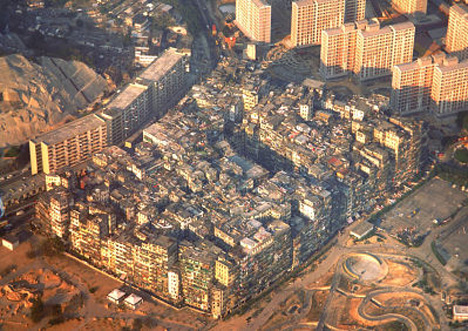For suburban change townhouses are much better than subdividing suburban houses but, in the meantime, how do we increase density in situations where a developer hasn't stepped forward and managed to buy up a bunch of adjacent houses? I don't think it's either-or -- if basement apartments are viable let the market gravitate towards them while the townhouses gradually come in. In the meantime it can only help.
Similarly, where families can add a third storey without needing a zoning approval, in some situations maybe they are enticed to spend money that way instead of moving to a bigger house, promoting a bit more density on their street -- or a saner subdivision of the house, even?
So I agree completely with you on the above, but am trying to think of easy zoning changes that can unleash densification bit by bit. I suggested a zoning override for basement units and third-floor adds because that seems to me to win some potential for near-term density without really losing anything. It gives homeowners the tools to do something on their own properties.
Well, that's just it with micro-redevelopments...you can do it one house at a time. As jaycola says, take a 40 foot wide property and build 20 foot wide semis on it. One house becomes two, each with their own front door and garage and backyard and no noisy neighbours above stomping around. Yards makes up a plurality of the land use in the suburbs and simply building 'more house' on all that grass is the easiest way to intensify.
And it's not like I suggested a townhouse-only approach, I just suggested townhouses could bear the brunt of housing Toronto's new residents...of course stuff like encouraging basement apartments would be a good interim measure. One problem with relying on basement apartments and subdivided suburban houses to bear the brunt of the density boost, though, is that the city has little to no control over where this density boost occurs, unless they go street by street with the by-laws (yet we'd need to permit the subdivision of all suburban subdivisions to make a significant dent). They can house lots of people, in the short and long term, yes, but why should we not take the opportunity of needing to accommodate millions of new residents and use it to physically change the city? Making the suburbs more urban should be a goal, not just making them more populated...most of Toronto's suburbs are already relatively dense.
What is this, SimCity? You can't just change low-density into mid and high density. It's a lot more organic, and money and power have a lot to do with it. Whatever increase in zoning density we'll see will happen in $ areas. The $$ and $$$ cannot be changed into mid and high density.
In a way, Toronto zoning regulations work completely against this goal. I am pretty sure these zoning regs also promote the McMansion effect.
Uh, yeah, guys, zoning and by-laws and all that jazz would have to be changed for townhouses to sprout in stable neighbourhoods. Changing them need not be a big deal. This thread is about what could or should happen, not what will happen.
/obvious
As for McMansions, they're a sneaky way to increase density. Many bungalows near the OMB Folly used to house half a dozen or more people, but you just won't find any families that large living in them today. Not enough house. McMansions that are 3-4K sq.ft may be obscene/conspicuous consumption but they'll be much, much easier to subdivide in the future. Realistically, you can't subdivide a bungalow 1/3 the size...at least, I hope Toronto doesn't fall so far that families are willing to live in those kind of tenements.









